Sky gazers to ENJOY planetary spectacle; Know when and how to watch Venus, Jupiter
February is going to be a delightful month for sky gazers as Venus and Jupiter in particular will shine brightly, next to each other. Find out when and how to watch them and other planets of the solar system in the sky.
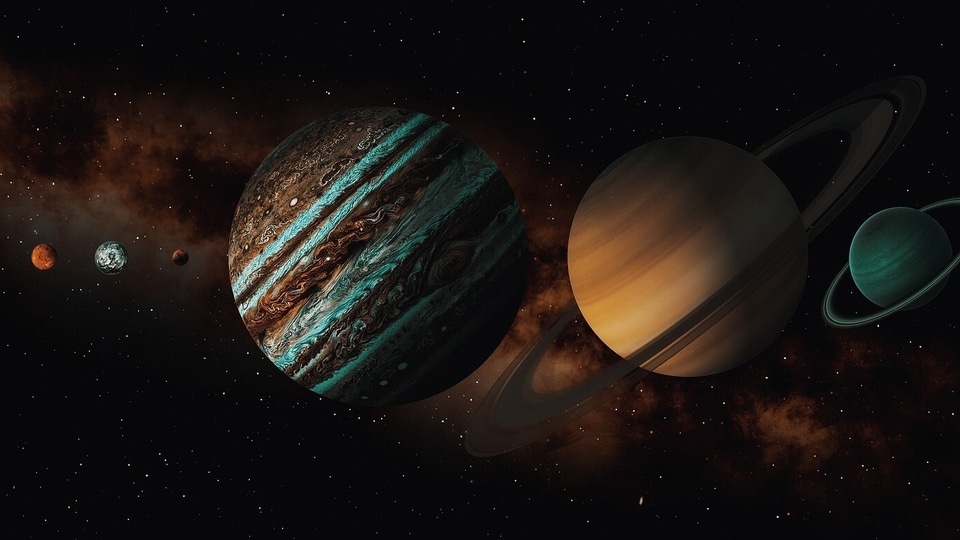
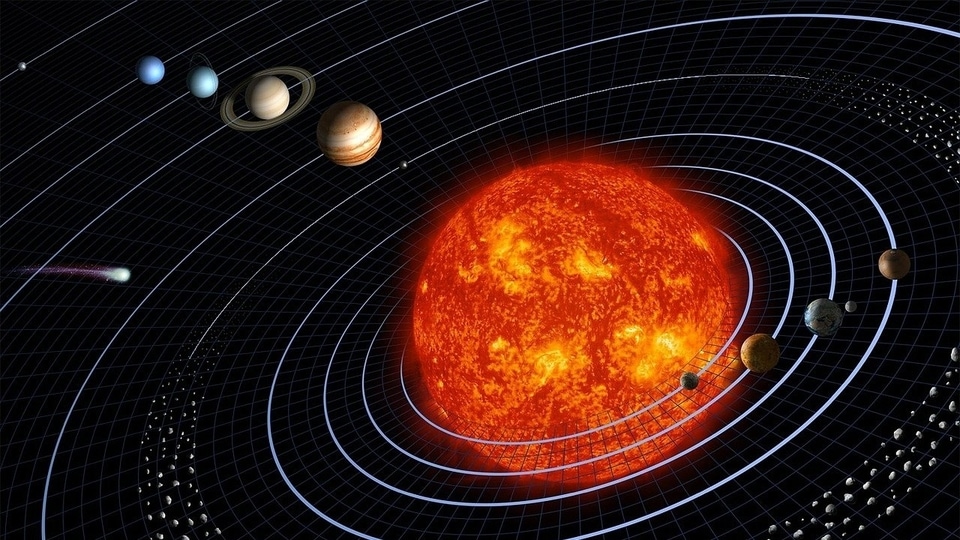

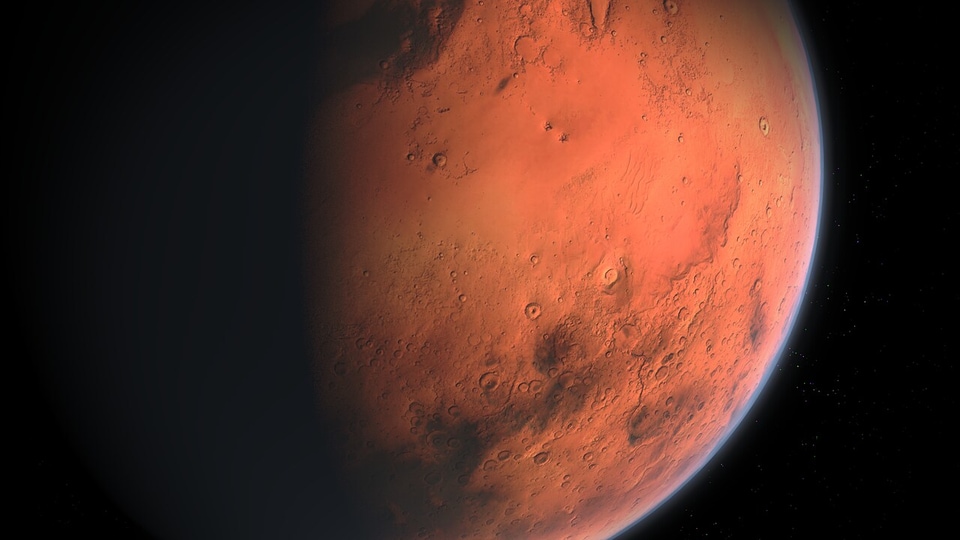
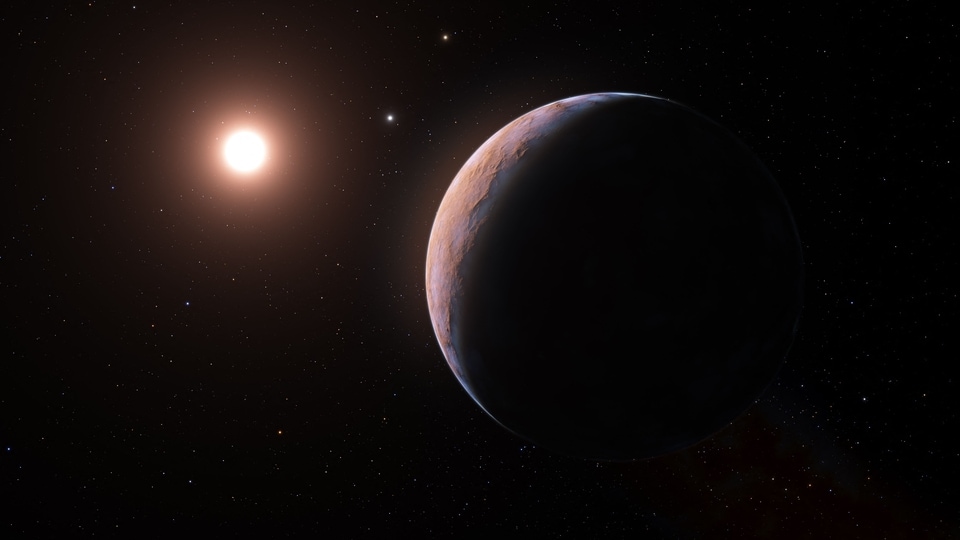
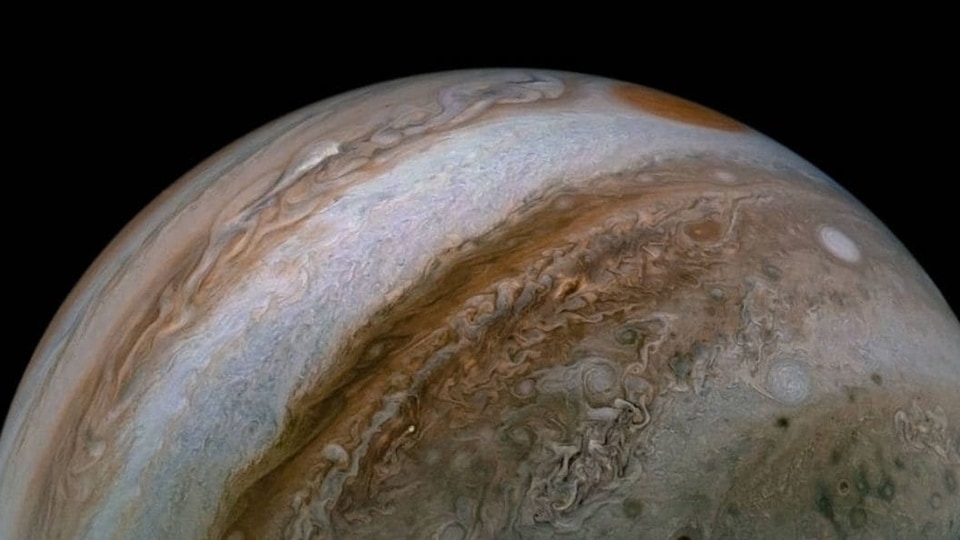

 View all Images
View all ImagesThe month of February is going to be an exciting one for all astronomy enthusiasts. This month a bunch of planets in the solar system can be seen shining brightly in the night sky. However, among them, Venus and Jupiter will be the brightest. Both the planets are traversing our night sky to come close to each other and by the end of the month, they would be separated by just twice the apparent width of the Moon. But they are not the only highlight for the month. A waxing crescent Moon, a fading Saturn as well as Mars and Mercury will also be seen throughout the month. But you need to know where to look for them and the best time to watch them. So, sky gazers, pay attention!
The planetary spectacle in February
According to the information shared by Space.com, we have given you both the schedule as well as the area in the sky to scan in order to watch these planets at their brightest. Do note, if you are new to sky gazing, you'd be benefited by a star gazing app such as StarTracker. Also, make sure to find an area with a clear sky and low light pollution to really be able to enjoy the spectacle.
Mercury: Interestingly, Mercury is getting brighter and going lower in the sky this month. So, while you will get to see the planet in all its glory, you will be restricted to a specific time in order to observe it. Half an hour before sunrise, you can see Mercury about 8 degrees above the horizon. Do note, after the second week of February, you might not be able to see it without binoculars.
Venus: Venus is going to gain altitude quite rapidly this month at sunset and will be closing the gap between it and Jupiter. The best view comes on February 27, when the separation between the two planets will be just 2.3 degrees. You can look for Venus on the left side of the Moon.
Crescent Moon: A waxing crescent Moon will join Jupiter and Venus on February 21 and 22 to offer a majestic sight that you should not be missing out on.
Mars: The red planet is waning. This month, it will lose half of its brightness as the distance between the planet and Earth increases. While you can still see the red planet in the sky all throughout the month, the best view will come on February 27, when it will be placed just 2 degrees away from the waxing gibbous Moon.
Jupiter: Jupiter will also gain brightness. You can find it around 40 degrees north latitude, or in the southwest sky after dusk. This will be the last month until July when the gas giant will be high enough for proper telescopic observations.
Saturn: The first week of February will be the best time to see Saturn as it will lose its brightness afterwards. It will reach conjunction with the Sun on February 1, after which it will be next to impossible to see it.
Catch all the Latest Tech News, Mobile News, Laptop News, Gaming news, Wearables News , How To News, also keep up with us on Whatsapp channel,Twitter, Facebook, Google News, and Instagram. For our latest videos, subscribe to our YouTube channel.






























